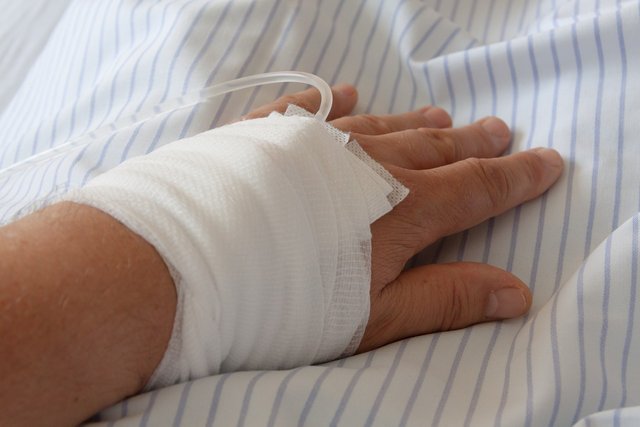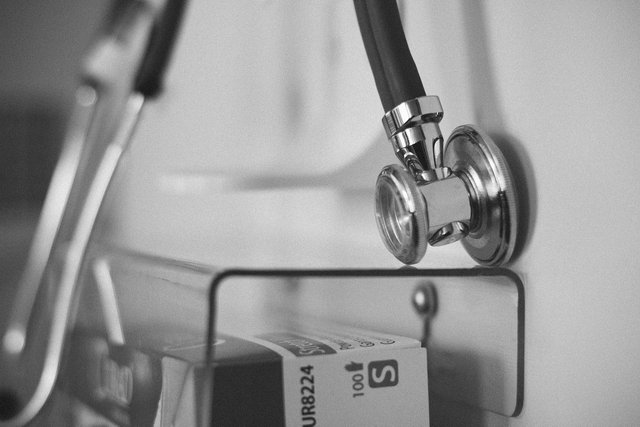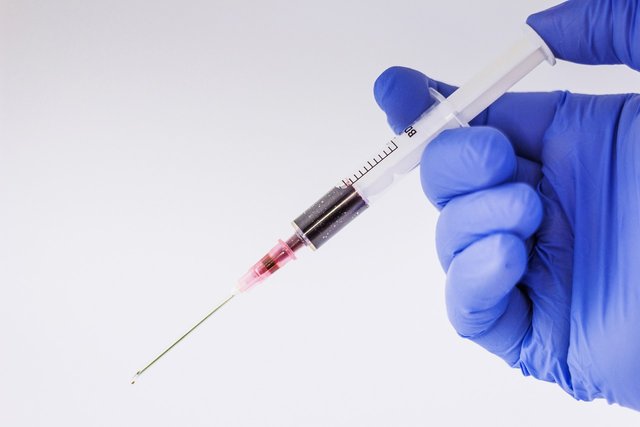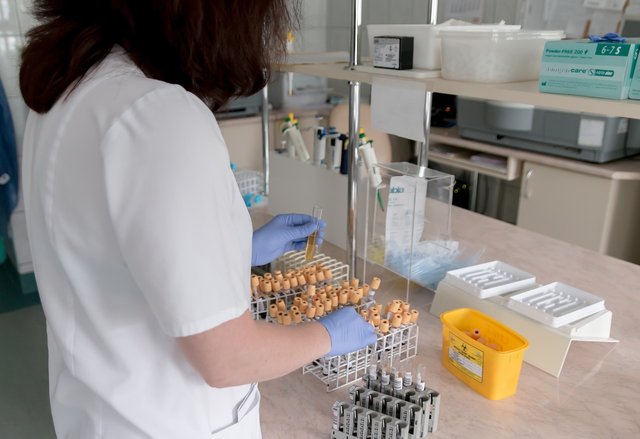Are We Safe In The Hospital?
Nosocomial infections (NI) commonly called hospital acquired infections are “not-so-comical”. These are serious and needs to be treated as such. The Leapfrog Hospital Survey allows hospitals to self-report the steps they have taken towards implementing the “Safe Practices for Better Healthcare” endorsed by the National Quality Forum. Currently Leapfrog ranks hospital performance on the Safe. These days we come across many incidents where patients go to hospital with one illness and during the course of treatment develop NIS that further deteriorate his/her health. The patient and the patient attendants are least aware about the cause of deteriorating health which in many circumstances might be the result of NIS which patients acquire during due course of their treatment.
NIS:
Hence, it is important to understand causes, sources of NIS and its severity so that one can start asking questions to the health care providers during the dur\e course of treatment. Am I safe in the hospital? Or we can say is my patient really safe in the hospital or not?
NIS are considered as major causes of death, emotional stress and enhanced disease state in hospitalized patients. Practices Leap by quartiles, and presents this information to the public on its website. It is unknown how well a hospital's resulting Safe Practices Score correlates with outcomes such as inpatient mortality. These also account for significant economic loss and additional burden on health care institutions. In a study conducted by WHO, the highest frequencies of NI were reported from hospitals in the Eastern Mediterranean Region (11.8%) followed (10%) by South East Asia. It has also been estimated that at any time over1.4 million people worldwide suffer from infectious complications acquired in hospital. The risk of NIS in developing countries is 2 to 20 times higher than in developed countries. NI in some of the developing countries even exceeds 25%. It is one of the leading causes of premature death in some countries. The patients admitted in intensive care units are affected most by NIS (30%) and the attributable mortality is 40%. Most of the infection in neonates is associated with vascular devices which is 3 to 20 times higher in developing than in developed countries. Unsafe transfusion causes 16 million hepatitis B, 5 million hepatitis C and 160000 HIV infections worldwide every year.
Today:
the health care institutions in the region are mushrooming. Increasing the health care facilities merely in number in countries will be little help if quality health care services are not provided. It is high time to question ourselves, do hospitals meet the quality standards for infection control and prevention practices(ICP)? Do they have ICP guidelines? Are the guidelines followed? Who is monitoring this whole issue? Are the staff properly trained in ICP practices? Are infectious wastes properly managed? These are few questions for which we need to start seeking answers for to ensure the safety of patients and staff members working in the hospitals. Raw observed mortality in the primary sample was 2.09%. Fully adjusted mortality rates (95% confidence intervals in parentheses) by quartile of SPS, from lowest to highest, were 1.97% (1.78-2.18%), 2.04% (1.84-2.25%), 1.96% (1.77-2.16%), 2.00% (1.80-2.22%); p for linear trend =0.99. Results were similar in the subgroup analyses. None of the three alternative survey scores was associated with risk-adjusted inpatient mortality, although p values for linear trends were lower (0.80, 0.20, 0.11).
Implementation of ICP practices, regular monitoring of NIS, training the staff members, investigating and controlling the outbreaks, isolation, safe disposal of hospital waste, judicious use pf antibiotics and conducting routine surveillance of hospital borne organisms are some of the key measures to control NIS. The hospitals should give utmost priority to patient safety by providing safe and clean environment and this would mean ensuring safe food and drinking water, sterile/clean supplies and materials, avail potent antibiotics, establish infection control committee and start conduction small scale research to identify the source and cause of infection and tackle them. 155 of 1075 (14%) Leapfrog hospitals were identifiable in the NIS (1,772,064 discharges).



